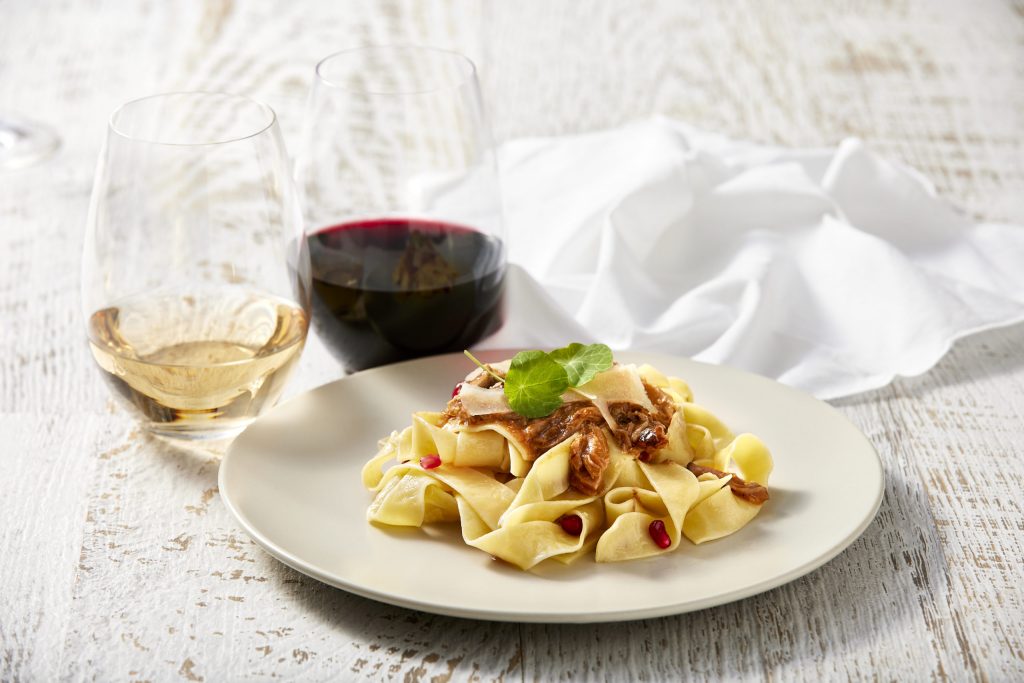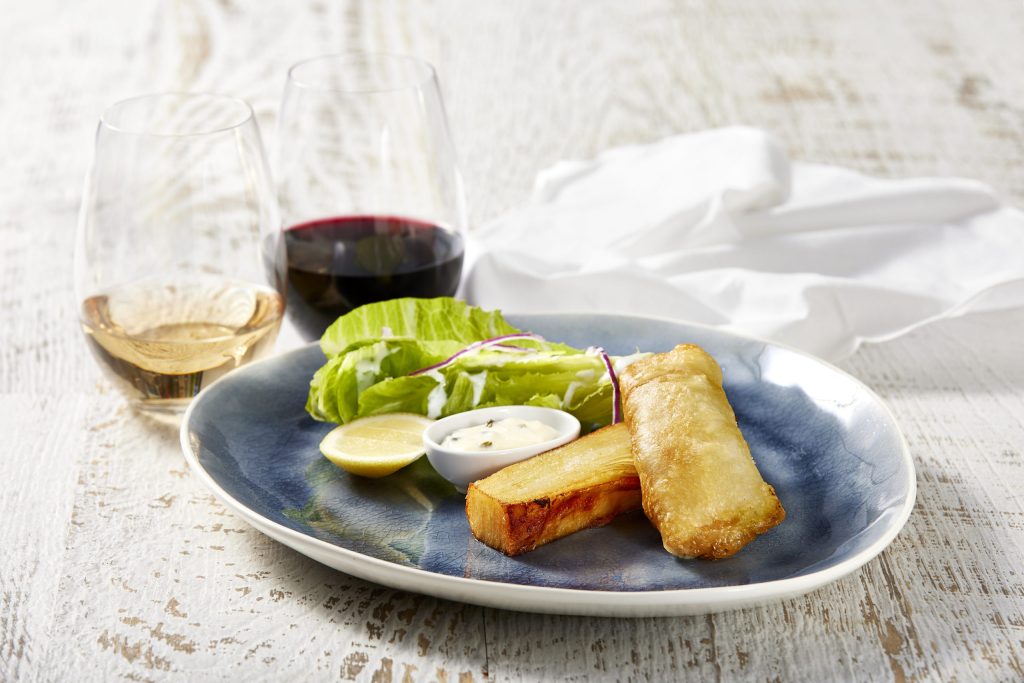Seasonal Produce – June
Published 09 Jun, 2015Star Fruit
Star Fruit, or Carambola, is a tropical little burst of summer during the cool winter months. This unusually shaped fruit gets its name from its long ridges that create a star shape when the fruit is cut.
Star fruit ripens from green to a sunny yellow colour and has firm, juicy flesh that’s most similar to grapes. While smaller varieties can be quite sour, larger types are sweeter with a tart undertone.
Store at room temperature until ripe and then keep in the fridge for up to a week. You can eat the entire fruit, so to prepare you simply need to rinse and then trip the back the ridges before slicing.
The beautiful star shape will impress on a cheese platter or topping a pavlova. Star fruit can also be stewed with cloves, baked with fish, pickled, juiced or made into jam.
Jerusalem Artichokes
This knobbly little vegetable is in fact part of the sunflower family and not actually related to artichokes at all. Its name comes from its rich nutty flavour that resembles artichoke, although it looks a lot more like ginger root.
Jerusalem Artichokes can be eaten cooked or raw and are a rich source of iron for energy, and Vitamin B1 for muscles and nerves. It also contains fibre, folate and potassium.
A good trick when preparing Jerusalem artichoke is to trim back the knobbly bits before peeling to make it easier and then place slices in a bowl of lemon water to prevent the flesh from discoloring.
This surprisingly versatile vege can be used in a similar way to potatoes, adding a great flavour to roasts, soups, and creamy sauces. They can also be eaten raw or fried and make a great side dish to hearty dishes such as steak. In Germany it is also used to make a spirit call Topinabur.
Silverbeet
Silverbeet’s large lush green leaves and fleshy stalks have a rich earthy flavour that pairs just beautifully with winter dishes.
A good source of folate, fibre, and vitamin A and C, you can eat the whole plant so there’s no need to waste any of it’s nutritional goodness.
Store in the fridge for up to three days to keep leaves fresh and when you are ready to use it, rinse, and drain, trim the stalks, and then slice.
Silverbeet is perfectly complimented by the salty taste of ricotta and for winter you cant go past a silverbeet and ricotta pie. Other great ways to use silverbeet include sautéed with lemon, layered on pizza, in soup or salads, or baked in lasagna.
June seasonal produce:
- Bananas
- Custard Apples
- Fuji Apples
- Grapefruit
- Kiwifruit
- Mandarins
- Nashi
- Navel Oranges
- Pears
- Passionfruit
- Presimmons
- Pink Lady Apples
- Quinces
- Red delicious apples
- Rhubarb
- Fennel
- Beetroot
- Broccoli
- Onion
- Brussels sprouts
- Cabbage
- Carrots
- Cauliflower
- Celeriac
- Celery
- Sweet Potato
- Leeks
- Parsnips
- Potatoes
- Pumpkin
- Spinach
- Witlof











